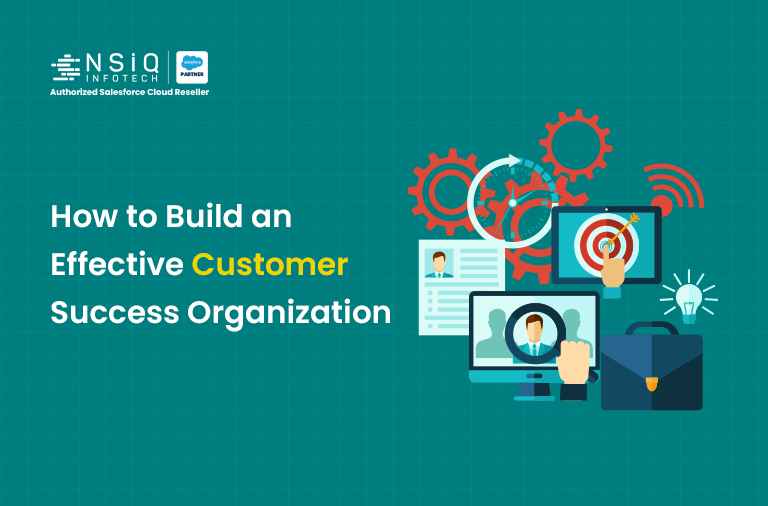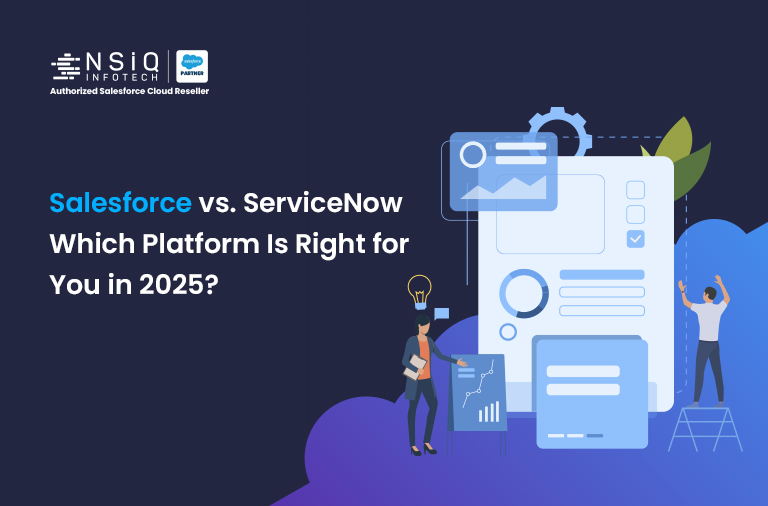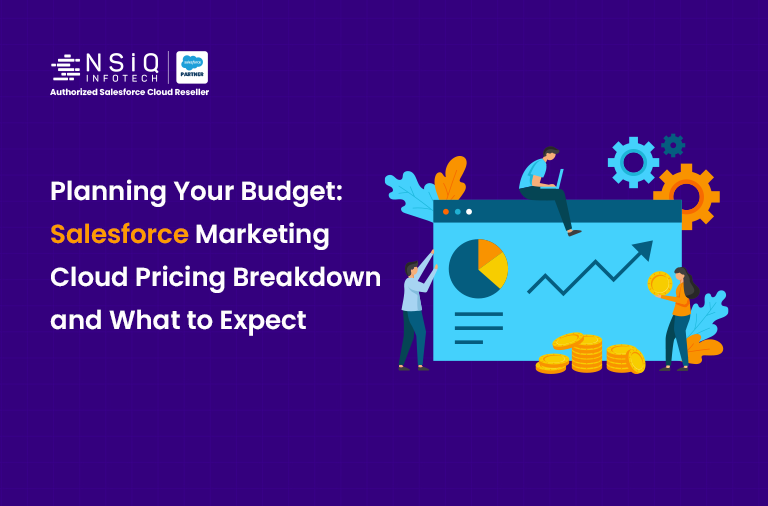Salesforce Enterprise Patterns Overview

Salesforce Enterprise Patterns are design principles and best practices for building scalable, maintainable, and extensible Salesforce applications. These patterns help developers organise their code, separate concerns, and adhere to best practices in order to ensure the long-term success of their Salesforce projects. There are several key enterprise patterns commonly used by Salesforce development in company USA:
- MVC (Model-View-Controller): MVC is a software architectural pattern that divides an application into three interconnected components: Model, View, and Controller. In Salesforce, the Model represents the data and business logic, the View represents the user interface, and the Controller acts as an intermediary between the Model and the View.
- Service Layer: The Service Layer pattern encapsulates business logic into reusable services that can be invoked from various parts of the application. This promotes code reusability, improves maintainability, and facilitates testing.
- Repository Pattern: The Repository Pattern abstracts data access logic and provides a consistent interface for accessing and manipulating data. This promotes loose coupling between the application logic and the data access layer, making the code more modular and easier to maintain.
- Unit of Work: The Unit of Work pattern tracks changes to entities within a transaction and commits those changes to the database in a single operation. This helps ensure data integrity and consistency, especially in complex transactions involving multiple database operations.
- Dependency Injection: Dependency Injection is a design pattern that promotes loose coupling between components by allowing dependencies to be injected into a class rather than hard-coded. This improves testability, flexibility, and maintainability of the codebase.
- Event-Driven Architecture: Event-Driven Architecture (EDA) decouples components by allowing them to communicate asynchronously through events. Salesforce provides a powerful event-driven framework called Platform Events, which enables developers to build loosely coupled, scalable, and responsive applications.
- Domain-Driven Design: Domain-Driven Design (DDD) is an approach to software development that focuses on modelling the domain of the business problem and incorporating that model into the software. By aligning the software closely with the business domain, DDD can lead to more maintainable and understandable code.
- Governor Limits and Bulk Patterns: Salesforce imposes various governor limits to ensure the stability and performance of the platform. Bulk Patterns involve designing solutions that efficiently handle large volumes of data and optimise performance by leveraging bulk processing techniques.
Using these enterprise patterns in real-world Salesforce development projects can greatly improve the quality, scalability, and maintainability of the application. Here’s how you can use them:
- Planning and Design: Before diving into development, spend time understanding the requirements of the project and designing the architecture. Identify the key components of the application and how they will interact with each other. Decide which enterprise patterns are most appropriate for the project.
- Implementation: Implement the chosen enterprise patterns in your Salesforce application. Use frameworks and libraries that support these patterns, such as Apex Enterprise Patterns (https://github.com/apex-enterprise-patterns/), to save time and ensure consistency.
- Testing: Write unit tests to verify the functionality of individual components and integration tests to ensure that different parts of the application work together correctly. Use dependency injection to mock dependencies and isolate components for testing.
- Optimization: Monitor the performance of your application and optimise where necessary. Use bulk patterns and governor limit best practices to ensure that your application can handle large volumes of data and scale as needed.
- Documentation: Document your architecture, design decisions, and implementation details to make it easier for other developers to understand and maintain the codebase in the future.
Certainly! Let’s consider an example of building a Customer Relationship Management (CRM) application using Salesforce Enterprise Patterns. In this example, we’ll demonstrate how each of the mentioned patterns can be applied to create a scalable, maintainable, and extensible solution.
Scenario: You work for a company that provides consulting services to various clients. You’ve been tasked with building a CRM application to manage client information, track interactions, and analyse sales data.
Using Salesforce Enterprise Patterns:
Planning and Design:
- Identify key entities such as Client, Contact, Opportunity, and Interaction.
- Design the architecture using MVC pattern: Model (Custom Objects and Fields), View (Lightning Components for UI), and Controller (Apex Classes for business logic).
Implementation:
- Implement Service Layer: Create reusable services like ClientService, ContactService, and OpportunityService to encapsulate business logic for creating, updating, and retrieving client data.
- Apply Repository Pattern: Create repositories to abstract data access logic for Client, Contact, and Opportunity objects. This promotes loose coupling between business logic and data access layer.
- Utilise Unit of Work: Implement a unit of work pattern to track changes to client entities within a transaction and commit those changes to the database in a single operation.
- Apply Dependency Injection: Use dependency injection to inject services and repositories into controllers and components, promoting testability and maintainability.
- Leverage Event-Driven Architecture: Use Platform Events to trigger notifications and updates when important events occur, such as a new Opportunity being created or a client interaction being logged.
Testing:
- Write unit tests to verify the functionality of individual services and repositories.
- Write integration tests to ensure that different parts of the application work together correctly.
- Use dependency injection to mock dependencies and isolate components for testing.
Optimization:
- Monitor the performance of the application using Salesforce’s built-in monitoring tools.
- Optimise queries and data access operations to ensure efficient handling of large volumes of data.
- Apply bulk patterns and governor limit best practices to ensure scalability and performance.
Documentation:
- Document the architecture, design decisions, and implementation details to facilitate understanding and maintenance of the codebase.
In the realm of software development, leveraging established design patterns can significantly enhance the quality and maintainability of your applications. One invaluable resource for understanding these patterns is Martin Fowler’s “Catalog of Patterns of Enterprise Application Architecture.”
Martin Fowler, a renowned software engineer and author, has compiled a comprehensive catalog of patterns that address common challenges encountered in enterprise application development. This catalog serves as a treasure trove of proven solutions and best practices, covering a wide range of topics from architectural design to data access and beyond.
To explore the catalog and deepen your understanding of enterprise application architecture patterns, I highly recommend visiting the following link: Catalog of Patterns of Enterprise Application Architecture
By exploring these patterns and incorporating them into your Salesforce development projects, you can elevate the quality, scalability, and maintainability of your applications.
related blog



